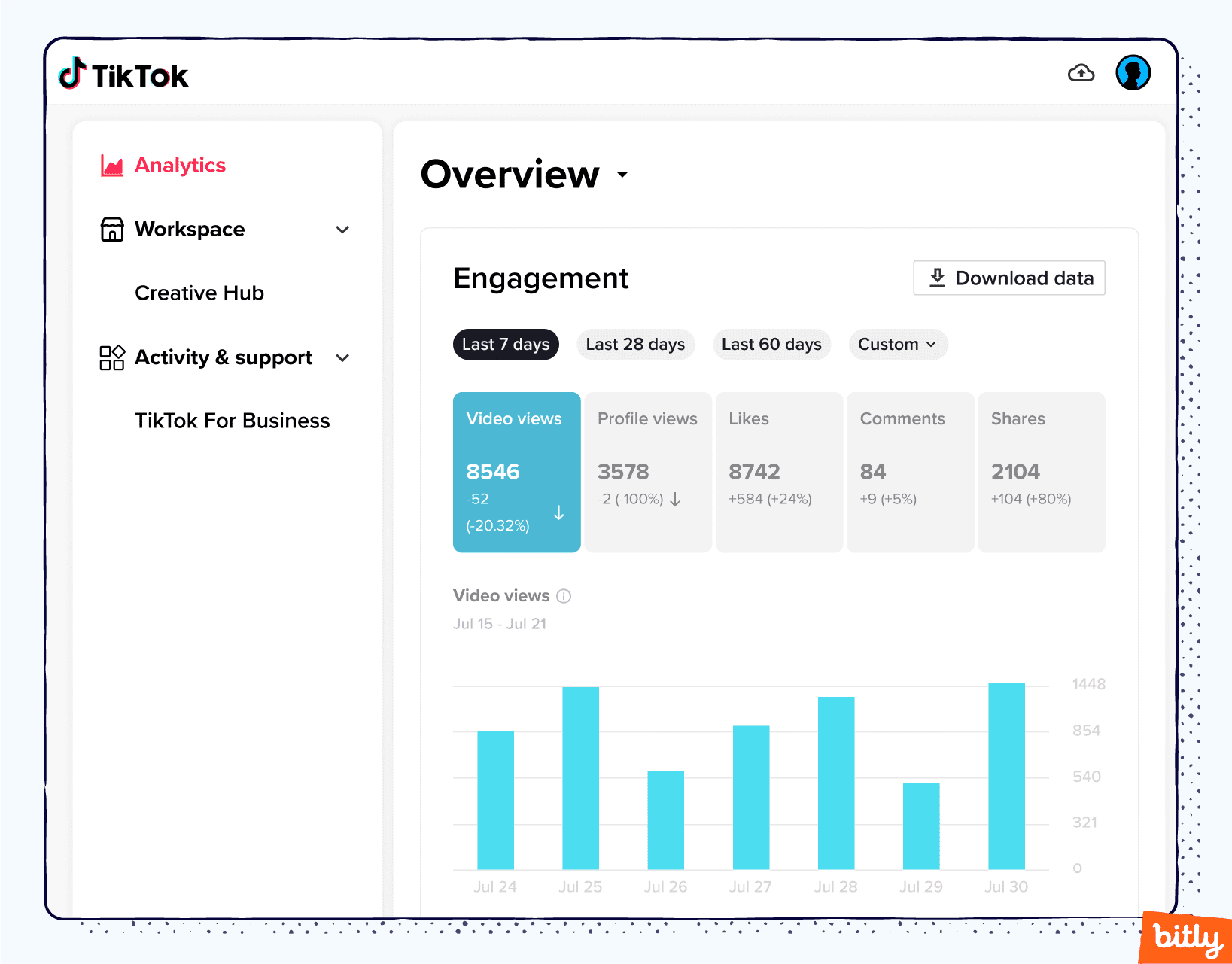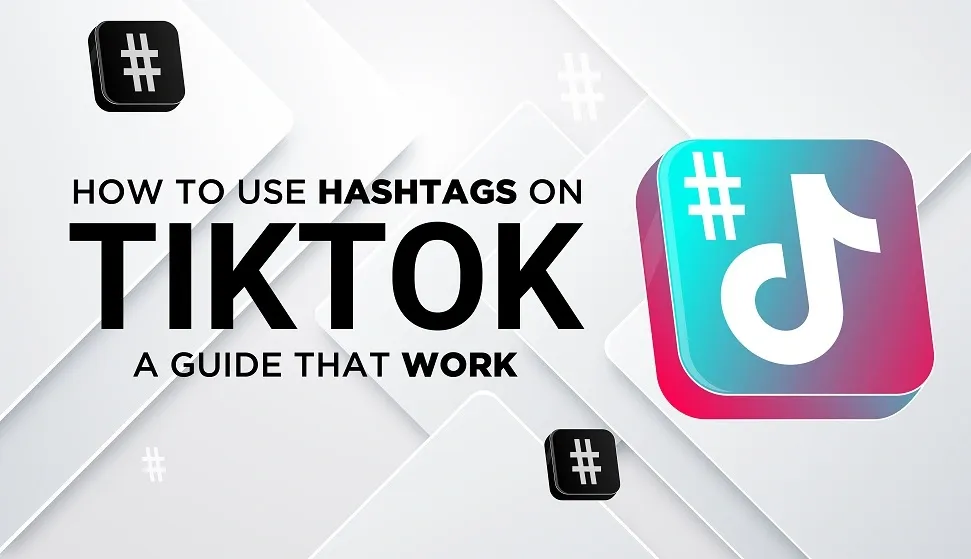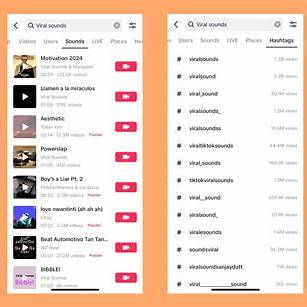TikTok has become one of the most influential platforms for digital marketing. With its algorithm-driven feed and short-form video content, marketers need both speed and creativity to stay ahead. Artificial Intelligence (AI) can help you achieve this by automating repetitive tasks, analyzing trends, and optimizing content. This article explains how to build and execute a TikTok marketing strategy using AI tools and insights—step by step.
Step 1: Define Clear Marketing Goals
Before integrating AI, start by clarifying your TikTok marketing objectives. Are you aiming to increase brand awareness, drive traffic, promote a product, or grow followers? Once you define your goals, you’ll know what kind of AI tools and data you need.
In my case, when managing a brand TikTok channel, I focused on engagement and video completion rates. That helped me choose the right AI tools to measure and improve content quality.
Step 2: Use AI Tools to Research TikTok Trends
One of the most powerful applications of AI in TikTok marketing is trend analysis. Trends on TikTok move fast—AI analytics tools can help you identify what’s gaining traction.
Tools you can use:
- TrendTok Analytics: Uses AI to detect trends by region, niche, and engagement metrics.
- Exolyt: Provides AI-driven analysis of hashtags, competitors, and trending videos.
- TikTok Creative Center: TikTok’s own dashboard where you can analyze trending songs, hashtags, creators, and formats.
Using these tools, I was able to find niche-specific hashtags that increased my average video views by 40% within two weeks.
Step 3: Generate Content Ideas Using AI
Coming up with fresh, engaging video ideas can be time-consuming. AI can support your creative process by generating script outlines, captions, and content angles based on keywords or topics.
How to do it:
- Use ChatGPT to brainstorm content based on prompts like “Give me five TikTok video ideas for a fitness brand.”
- Feed ChatGPT or Jasper AI with brand tone and product information to generate personalized scripts or hooks.
For example, I once asked ChatGPT for 10 hook lines for skincare videos aimed at Gen Z. I tested three and saw 25% higher retention.
Step 4: Automate Video Editing and Voiceovers
AI video editors can help you produce polished TikTok videos faster. Some tools also offer text-to-speech features or generate voiceovers automatically.
Tools to consider:
- Pictory: Converts scripts into TikTok-ready video formats.
- Descript: Automatically removes filler words, edits audio, and creates captions.
- Synthesia: Lets you create AI avatar-based videos with voiceover, ideal for explainer or review content.
Using Descript to auto-generate captions helped boost my accessibility and increased completion rates on TikTok videos by 18%.
Step 5: Schedule and Post Content at Optimal Times
AI-powered social media scheduling platforms like Later, SocialBee, and Metricool analyze your followers’ activity and recommend the best times to post.
Steps:
- Upload your TikTok videos to the scheduling tool.
- Let the platform analyze performance data.
- Use recommended slots to maximize reach and engagement.
This automation saved me hours each week and improved post consistency, which TikTok’s algorithm favors.
Step 6: Personalize Engagement Using AI Chatbots
Engaging with your audience boosts visibility and builds community. AI chatbots can help with auto-replies in TikTok DMs or comment moderation using sentiment analysis.
Use cases:
- Set up auto-responses to common FAQs using tools like ManyChat.
- Use AI-based sentiment filters to identify and respond to high-priority comments.
This helps maintain interaction without overwhelming your social team, especially if you receive hundreds of comments per post.
Step 7: Analyze Performance with AI Dashboards
After publishing, it’s essential to evaluate what worked and what didn’t. AI analytics tools provide deeper insights than TikTok’s native dashboard.
Metrics to track:
- Average watch time
- Follower growth
- Video completion rate
- Engagement rate per hashtag or sound
Tools that help:
- Popsters: Tracks TikTok video performance and benchmarks competitors.
- Pentos: Offers insights on trending content and top-performing influencers.
I used Pentos to compare my performance against similar accounts and adjusted my content style accordingly. The result was a 60% growth in weekly views.
Step 8: Run Smart AI-Driven TikTok Ads
If you’re running TikTok ads, AI helps optimize your campaigns for conversions and ROI.
How to use AI in TikTok ads:
- Use TikTok Ads Manager’s Smart Creative to generate and test multiple ad combinations automatically.
- Apply AI-powered platforms like Pattern89 to predict ad performance and adjust targeting in real-time.
These AI enhancements allow you to scale your campaign without micromanaging every metric manually.
Step 9: Keep Up with Algorithm Changes
TikTok’s algorithm evolves frequently. AI-based tools constantly adjust their models to reflect these changes. Subscribing to AI-powered trend analysis platforms or newsletters ensures you stay updated.
Regularly check for:
- Engagement behavior shifts
- Sound and filter popularity
- Content format preferences
Keeping up with these trends through AI helps you adapt quickly, ensuring long-term growth.
Step 10: Maintain Human Creativity and Ethics
Even with all the AI power at your fingertips, human creativity and emotional intelligence are still vital. AI is a tool, not a replacement. Use AI to assist, not dictate, your marketing decisions.
Also:
- Be transparent if you use AI-generated content or avatars.
- Avoid deepfakes or misleading edits.
- Respect user privacy and follow TikTok’s content guidelines.
Responsible AI use will protect your brand reputation and maintain trust with your audience.
Conclusion
Using AI for your TikTok marketing strategy can transform the way you create, distribute, and optimize content. From trend discovery and video production to engagement and analytics, AI enables faster, smarter decisions and greater scalability.
The key is to start small—pick one or two tools that address your most pressing challenges. Integrate them into your workflow, evaluate their impact, and expand as needed. With the right AI support, your TikTok presence can grow in both creativity and performance.




